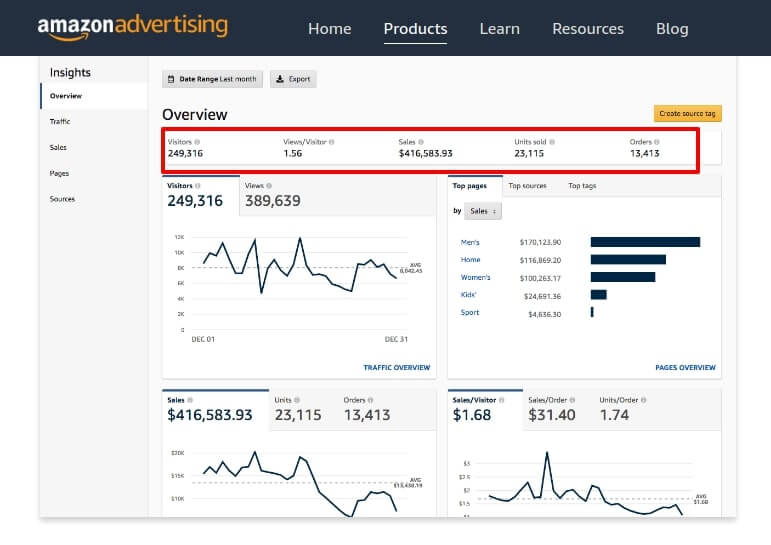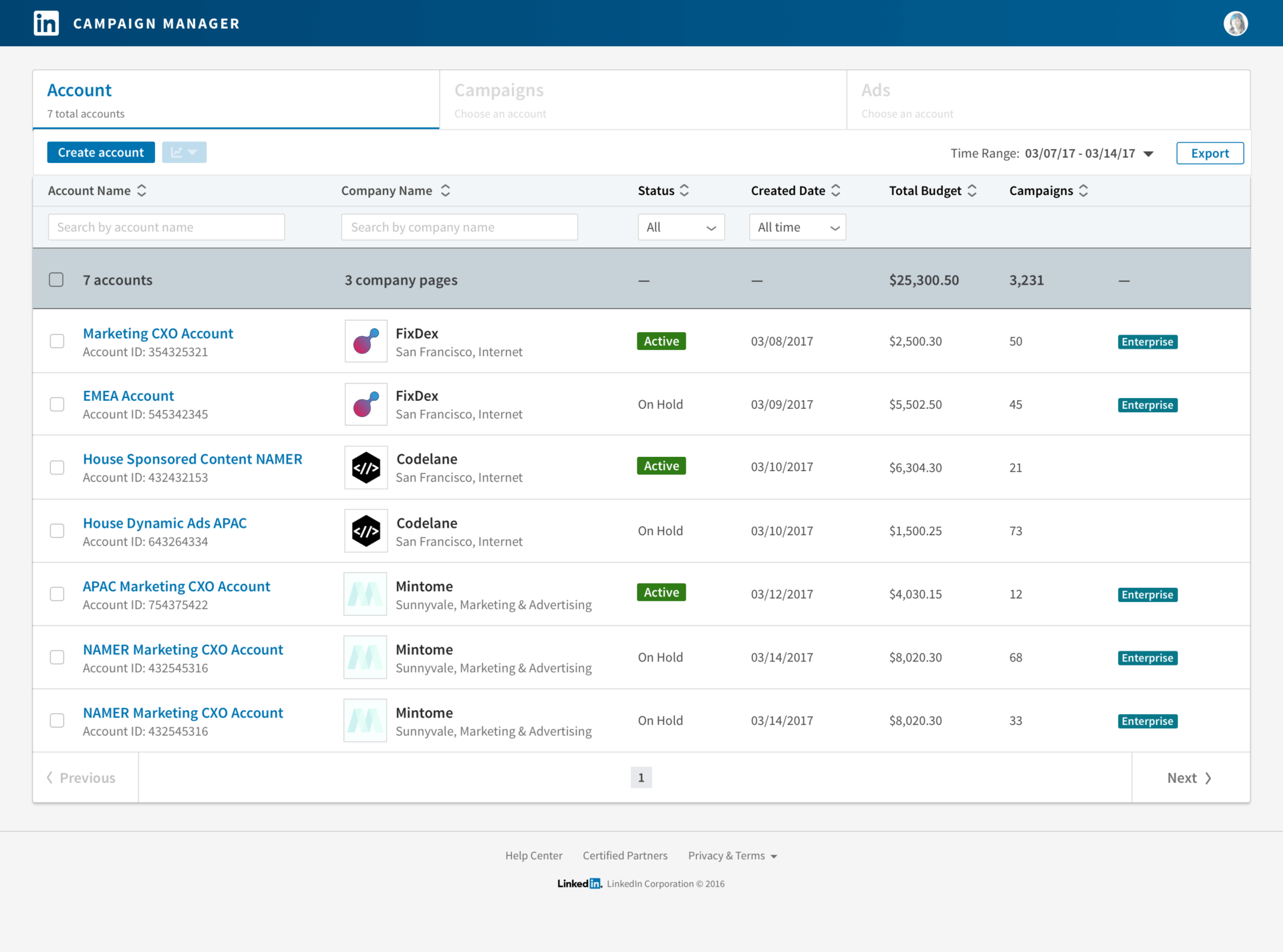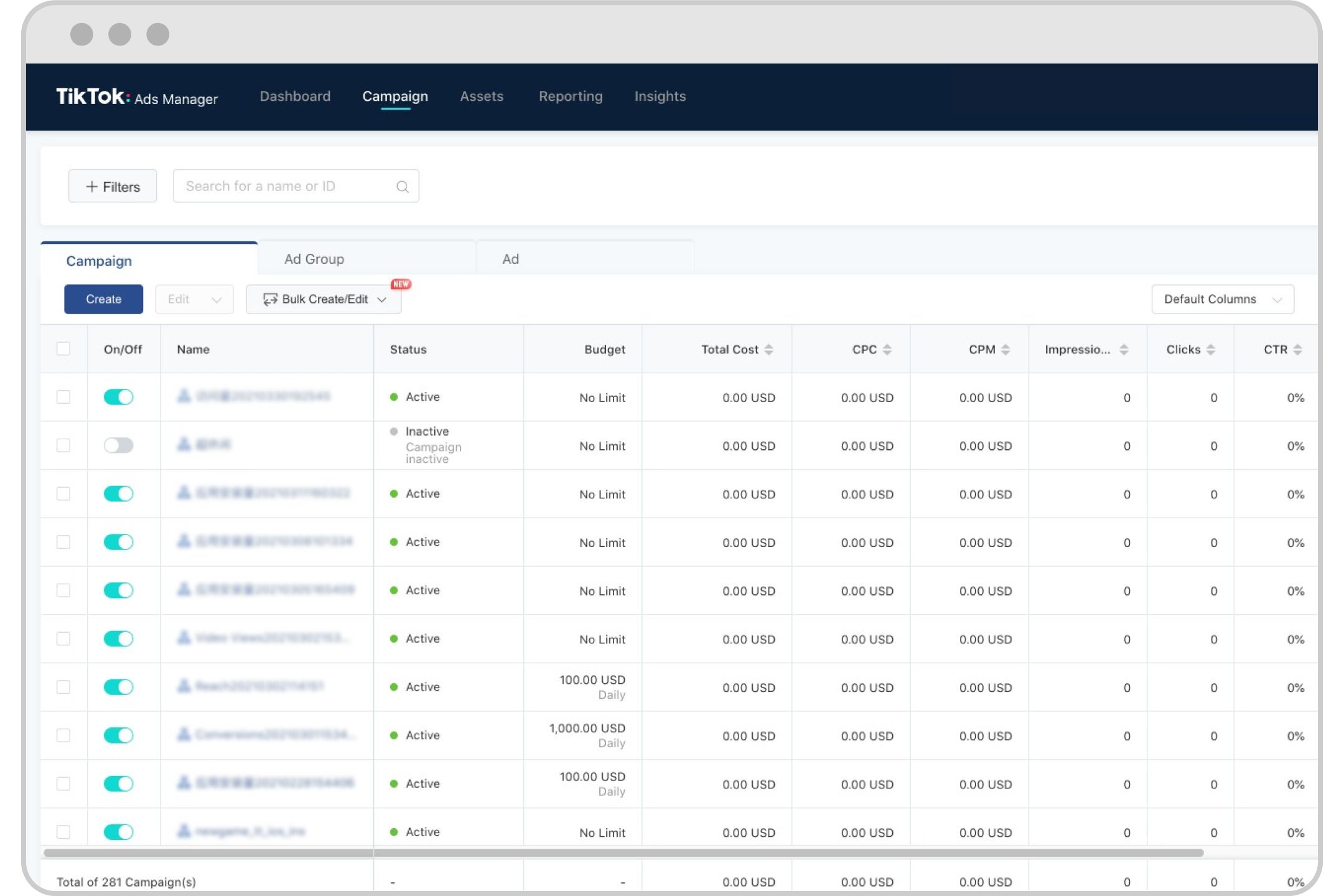This article is part of the Tommy Cat Media quick-fire series, which discusses key marketing concepts and applications tailored to specific industries in under 800 words.
The paid media landscape is so vast. It’s easy to get lost.
Some paid media platforms are better than others when you consider your available budget, niche, audience, and your skill in media buying.
This article discusses the three tiers of paid media platforms and their characteristics.
Tier One of Paid Media Platforms
The first tier of Paid Media is for seasoned media buyers. Examples of these media buys are programmatic display, ad exchanges, and DSPs.

Tier One Paid Media Platform Feature Very High Ad Spend Minimums
This media buying is the wild west. You need to know what you’re doing to make the most of these tier-one platforms. The reasoning is that most tier-one platforms have minimum monthly spending approaching thousands of dollars per month.
For example, to even be considered to use Amazon’s Managed Service DSP, your minimum ad spend is $50,000.
There are DSP options out there that have self-service platforms. Those minimum ad spends are much more affordable.
Limited Tools or Help Using Tier One Paid Media Platforms
Tier one paid media does not utilize helpful tools like Google Keyword Research. It’s a dog-eat-dog environment.
The media buyer who is in the right place at the right time with the correct bid with the right ad will do very well.
Most media buyers have this process automated, also known as programmatic buying.
That already places people who think they can be quicker or more efficient than a computer in campaign optimizations behind the eight ball.
You Need to Understand Your Vertical Well
You need to understand your niche inside and out.
You have conversion data that you can use to aid you in your media campaigns.
For example, if you’re an automotive brand looking to use WebMD’s advertising resources, you might be in trouble.
As a media buyer, you need to identify the perfect partners, ad networks, or DSPs in your vertical that will bring in quality traffic and results for your campaign.
Example of Tier One Paid Media Platforms
Amazon DSP
Yahoo DSP
The Trade Desk (TTD)
Snowflake
Tier Two of Paid Media Platforms
Tier Two Paid Media platforms are used very successfully by industry experts and by beginners as well.
They offer decent scale and quality. However, they tend to be very expensive on a cost-per-click or cost-per-acquisition event basis.

These Platforms are Boom or Bust
These platforms tend to very “boom or bust”.
Meaning a portion of people can find success running campaigns on the platform while others tend to fail. The platform users who fail are beginners. For example, only 54% of marketers say that Facebook Ads are very effective at generating sales.
The experts have the necessary budgets and knowledge to make these tools work from them.
They generally go into campaigns with plenty of conversion data and budget to allow the platform’s machine learning to kick in to help them get better results.
On the other hand, these platforms are guilty of marketing to beginners by oversimplifying how much budget you will need to make them work.
They have beginner “out-of-the-box” campaigns you can run that do not generate any results. For example, Facebook has a boost post option that allows you to show your Facebook Post to more people to make spending money on the platform easier.
These platform lure in people not vested in paid media buyers and ultimately eats their money when they get no results.
Results can be Expensive Using Tier Two Platforms
If you ever run Google Ads or Facebook Ads for a competitive niche, you know how expensive cost-per-clicks and cost-per-leads can be.
For example, according to Revealbot.com the average price to generate a lead on Facebook in November was $7.49. In June 2022, that number was over $15!
Someone wandering onto these platforms with $100 to test has no chance of generating scaleable results on these types of platforms.
Examples of Tier Two Paid Media Platforms
We’ve already covered some of the more popular tier-two paid media platforms. Check out this blog article.
Facebook Ads
Linkedin Ads
Google Ads
Tier Three of Paid Media Platforms
The third tier of paid media can be considered very inexpensive and notoriously low quality for the most part. However, it can be very lucrative for smaller brands or ones in competitive niches.
I recommend brands or individuals with smaller budgets for paid advertising start out here when testing.
Tier three platforms will allow you to generate an email list or get conversion data cheaply.
They also will help you narrow down your target audience.

Risking Price for Quality, Scale
As the lowest level of the paid media system, you can expect the quality of the data generated from the tier-three platforms to be poor.
That’s what makes them so inexpensive.
For example, co-registration websites are mostly “reward sites” where people receive a prize at the end of the lead-gen path in exchange for an offer.
If you run a “link out” campaign on a lead gen path, you can expect the lead not to respond very well to any marketing efforts. Their customer intent was to get to the end of the lead-gen path for their reward, not interest in your product.
But that does not mean you will not find any success on these sites.
If you find the right publisher and advertising platform (like TikTok), you will be able to find lots of scale at a low price.
With scale, you will find success.
Examples of Tier Three Paid Media Platforms
Coreg Sites
Smaller Publishers
TikTok
Quora
Affiliate Marketers
Conclusion
It is critical to pay attention to the tiers of paid media platforms.
You need to balance your audience, niche, budget, and overall media buying skill to find a place that will yield the best benefits for your campaigns.
About the Author
Andrew McMenamy
A natural problem solver with 6 + years of marketing experience building audiences across numerous verticals. Specialties include content, email, and performance marketing. Andrew graduated from Dowling College with a Bachelor’s in Business Administration in Marketing Management. Follow me on Linkedin and Quora.
